Herta Müller. Massa del Canto
16 May to 21 June 2014 ⟶ Corneliusstraße
Exhibition view
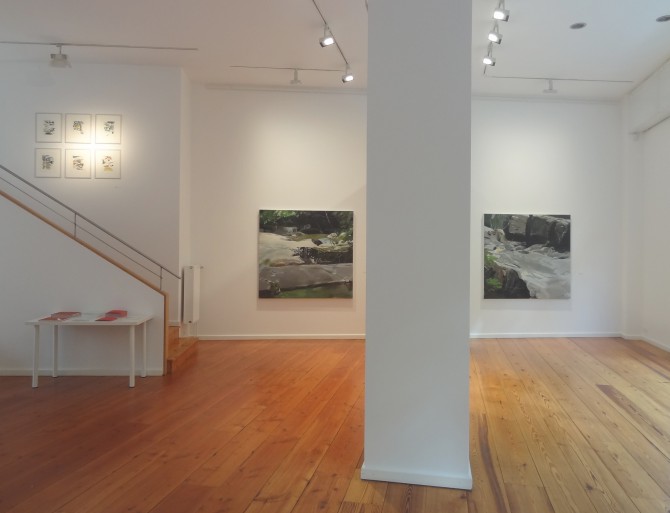
Exhibition view
Exhibition view
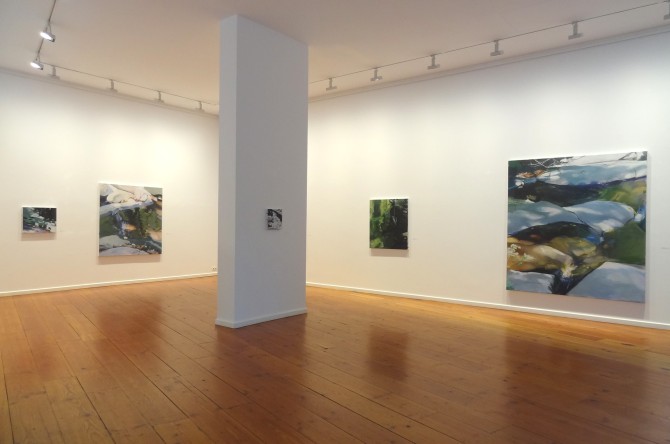
Exhibition view
next to each other, 2014, oil/canvas, 160 x 150 cm
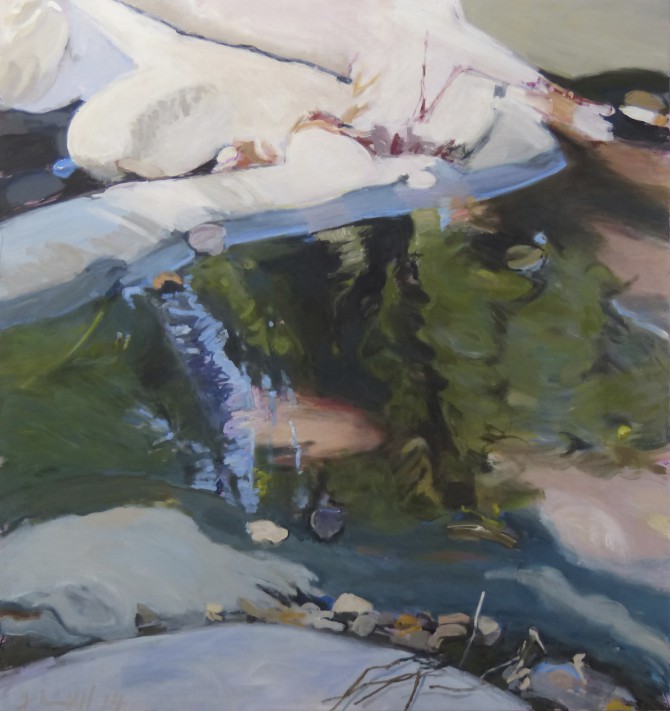
next to each other, 2014, oil/canvas, 160 x 150 cm
Massa del Canto, 2014, oil/canvas, 220 x 200 cm (SOLD)
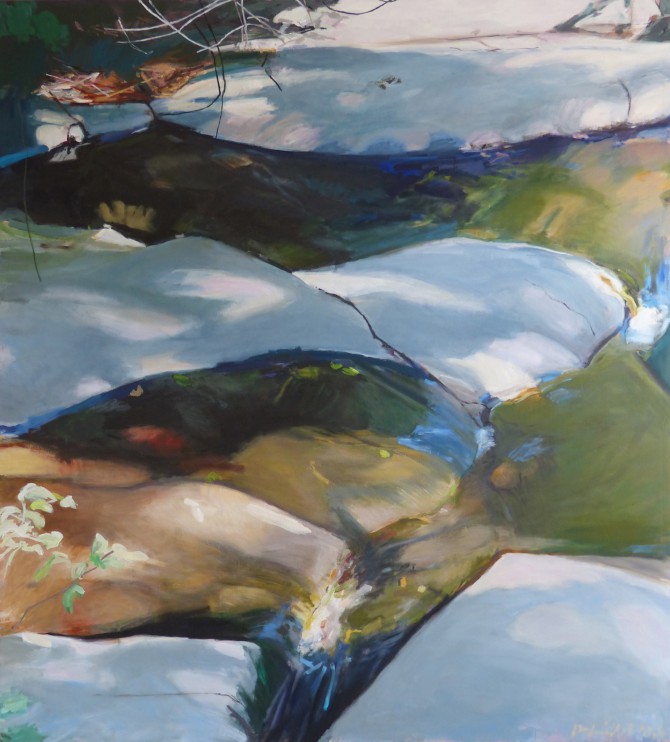
Massa del Canto, 2014, oil/canvas, 220 x 200 cm (SOLD)
By the River, 2013, oil/canvas, 160 x 150 cm
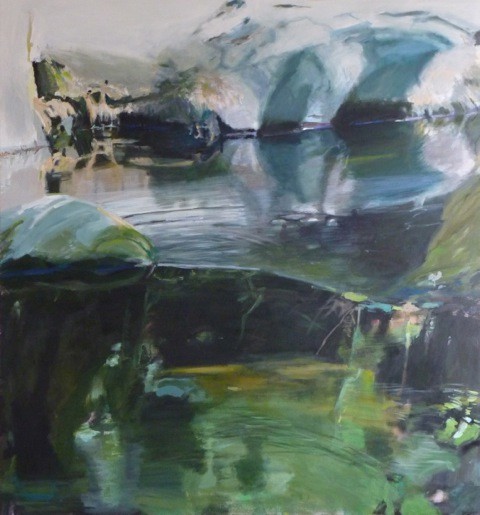
By the River, 2013, oil/canvas, 160 x 150 cm
Fiume 4, 2013, oil/canvas, 90 x 100 cm
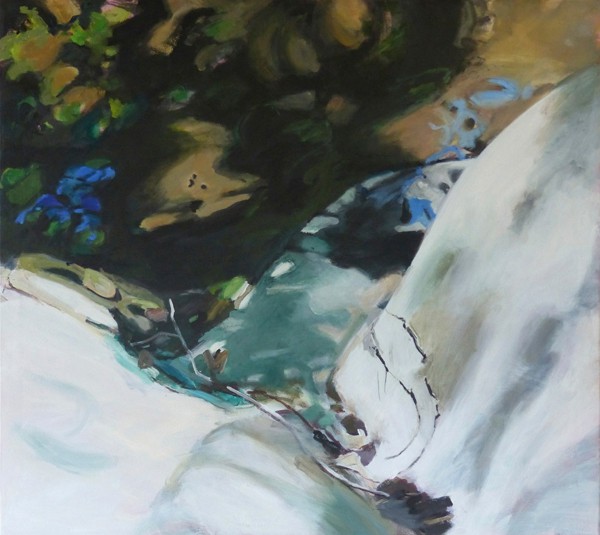
Fiume 4, 2013, oil/canvas, 90 x 100 cm
Detail, 2013, oil/canvas, 60 x 50 cm
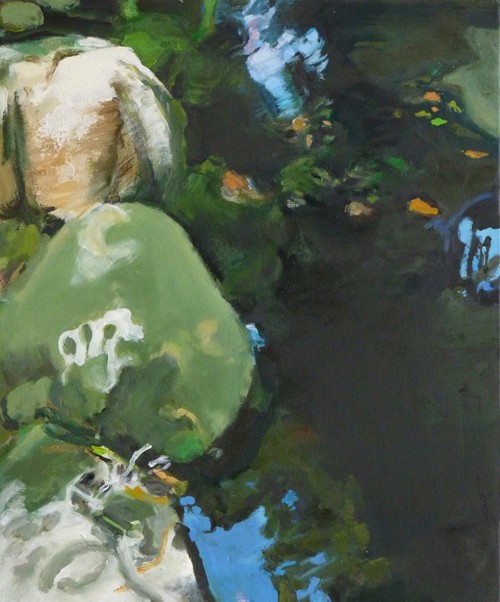
Detail, 2013, oil/canvas, 60 x 50 cm
Way, 2014, oil/canvas, 60 x 50 cm
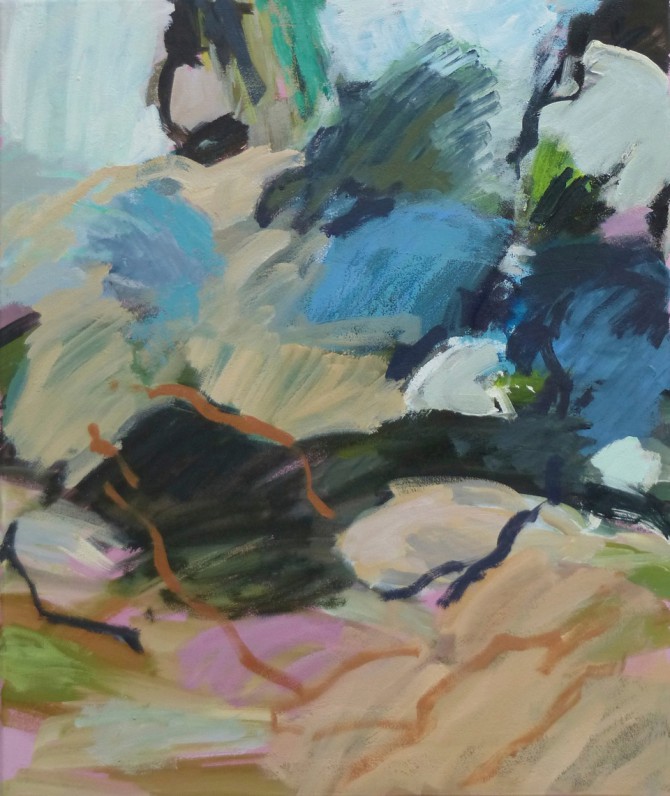
Way, 2014, oil/canvas, 60 x 50 cm
Exhibition view
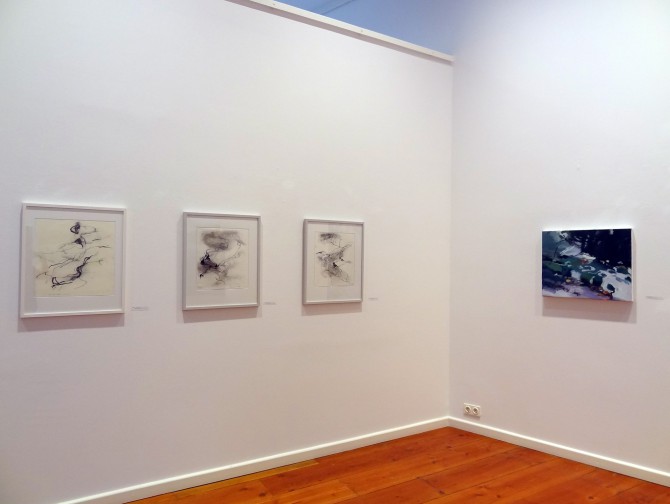
Exhibition view
Secco, 2013, oil/canvas, 50 x 60 cm
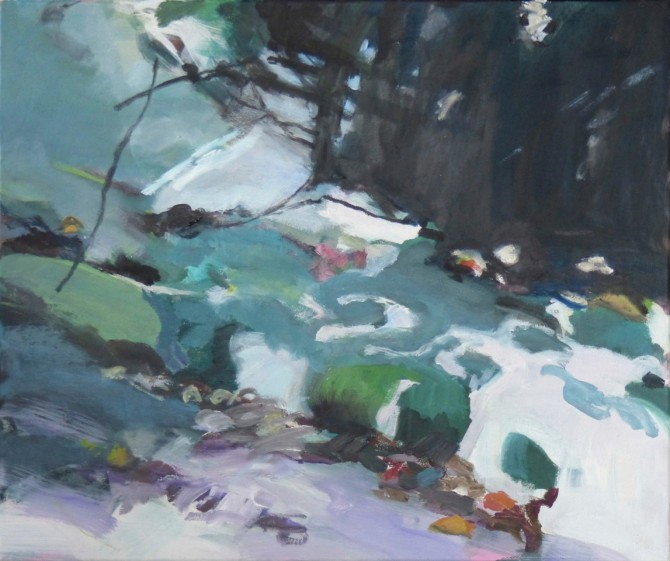
Secco, 2013, oil/canvas, 50 x 60 cm
Untitled, 03.08.2013, mixed media/paper, 43.2 x 39.8 cm
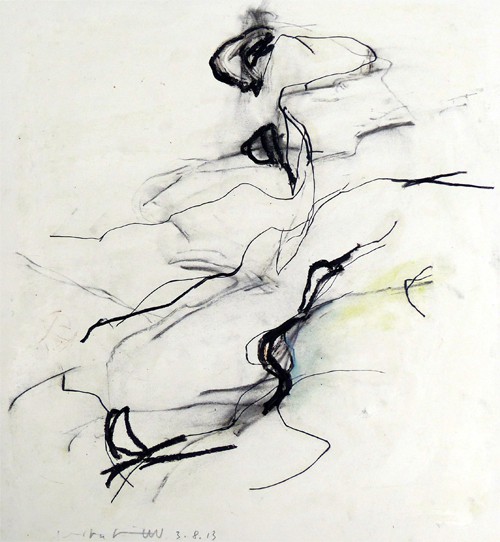
Untitled, 03.08.2013, mixed media/paper, 43.2 x 39.8 cm
Exhibition view
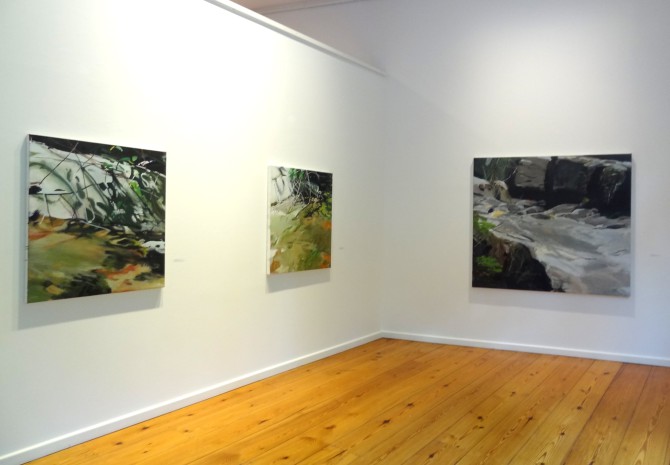
Exhibition view
brightly interwoven, 2013, oil/canvas, 100 x 90 cm
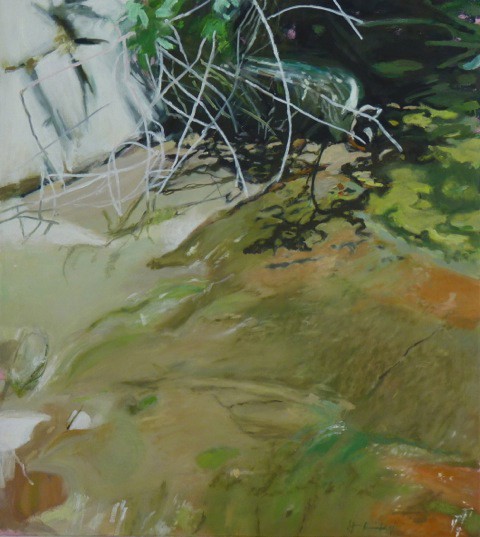
brightly interwoven, 2013, oil/canvas, 100 x 90 cm
Exhibition view
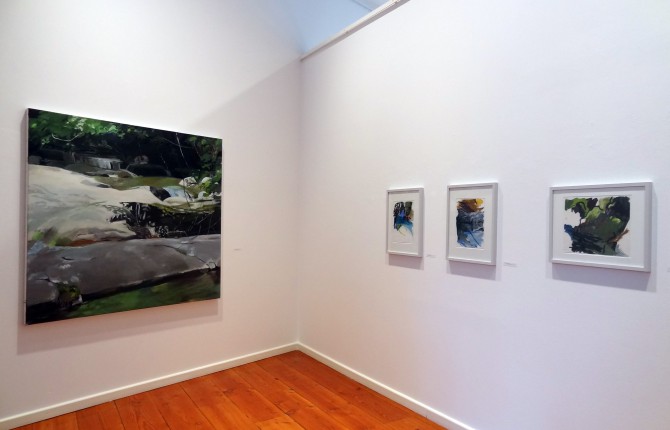
Exhibition view
Oil, charcoal and wax are the materials, light, space and movement the elements with which Herta Müller suggests landscape on paper and canvas. "prompter of silence" is the name attributed to her. In 2009, however, Herta Müller's "quasi-painting" turned into "painting" - not derisively, ironically, or subversively, but uprightly - as a classical instrument for imagining the world. It is not a penchant for rupture that drives Herta Müller. Perhaps in her colourful, figurative paintings the whisper becomes louder - with, occasionally, a cry of joy. Elementally, however, she remains consistent: the light now plays in the water and the space opens up in its transparency. The abstracting lines, in turn, are replaced by alienating sections of a landscape that Herta Müller photographs during her summer sojourns in Tuscany. Abstract or representational - at the base is always the artist's fascination with the classic of classics: (Italian) nature. In Herta Müller's work, the transformation of abstract art into figurative painting is not to be regarded as retrograde. In the context of the current art world, her painting seems refreshing, even rebellious at times. Herta Müller explores reality. The motif of the river in her painting involves close observation. In doing so, the artist explores the transparency of the water, its "dissolving reflection", and finds solidity in stones, rocks and on the shore. "Why hasn't everything already disappeared", asked Jean Baudrillard? There always remains "a residue that eludes." Philosophical reminiscences inevitably force themselves upon us when we reflect on Herta Müller's oeuvre: from Heraclitus with his idea of time as a river flowing through the landscape to Eastern spirituality. When this and that then subside in the mind, however, the eye returns to the canvas coloured by Herta Müller. There it thrills to the grandeur of painting, until the thrill activates a soulful exultation. (Text: An Paenhuysen)